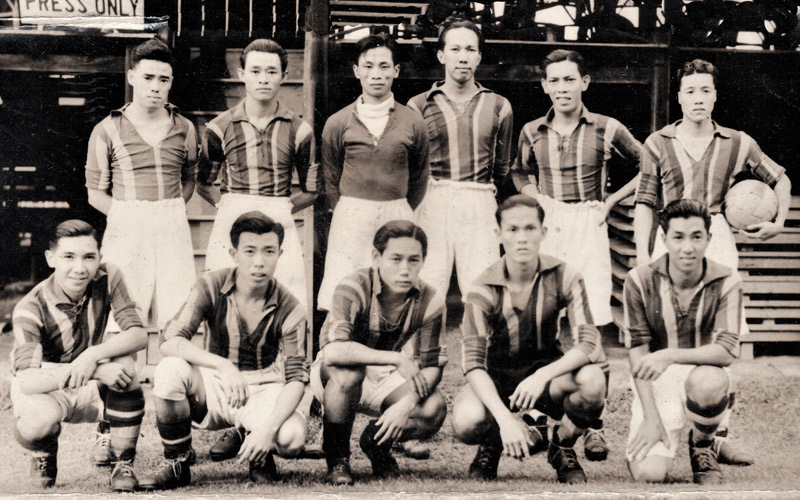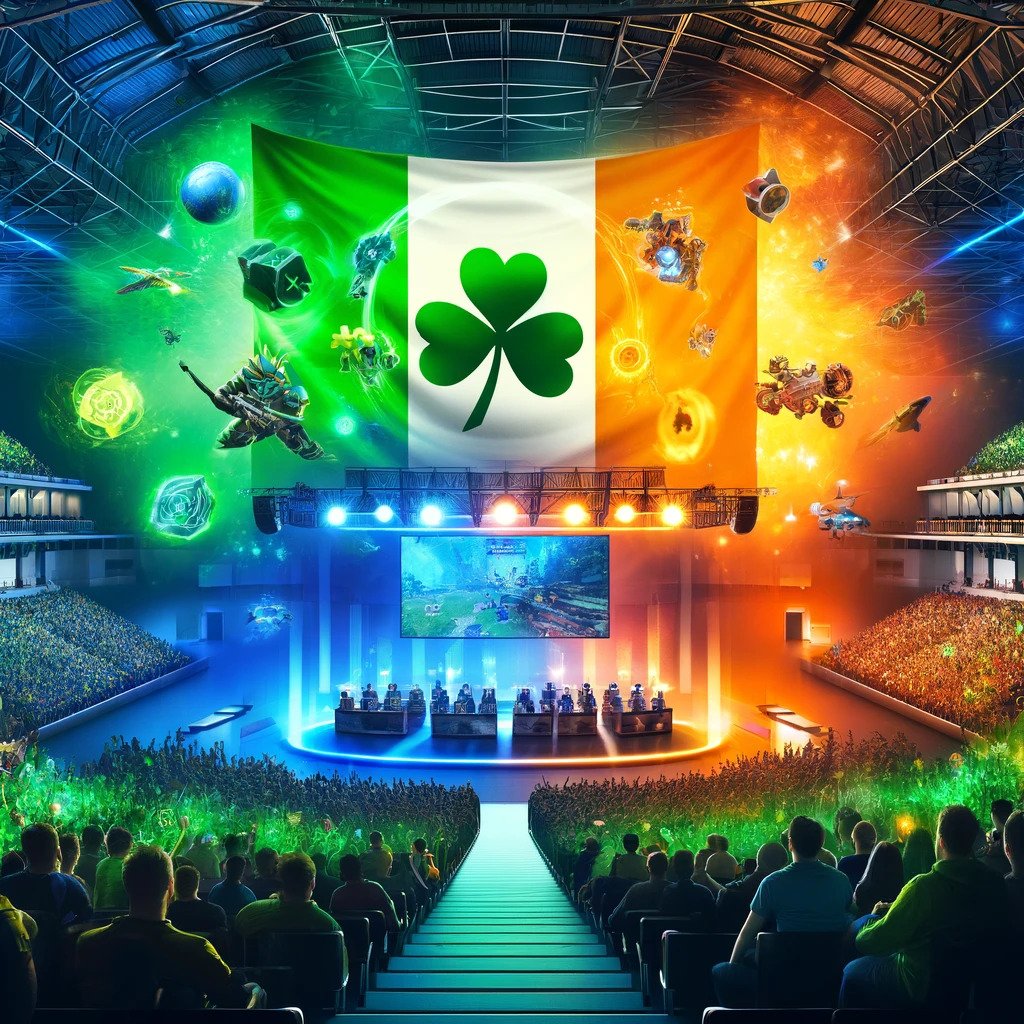
The Roar of Nostalgia: Should Singapore Football Rejoin the Malaysian Super League?
The debate surrounding Singapore’s potential return to the Malaysian Super League (MSL) is as old as the rivalry itself. Every time Singapore’s football scene hits a slump, whispers of rekindling the past resurface, urging fans to look back to the days when Southeast Asian football was defined by its fierce competition, iconic players, and unforgettable matches. But is longing for yesteryears truly the answer to revitalizing football in Singapore?
A Historical Perspective
Historically, Singaporean football experienced its heyday in the late 20th century. During this period, weekends meant thrilling matches filled with fervent crowds at the National Stadium. The proximity of both nations fueled a rivalry that made every match feel like a final. As passionate fans on both sides of the Johor Strait cheered their teams, football became a fabric of everyday life.
 An iconic moment in Singaporean football history.
An iconic moment in Singaporean football history.
For many supporters, the revival of this golden era seemingly lies in Singapore’s re-entry into the MSL. Fans romanticize the idea of watching their Lions square off against teams from across the Causeway, reminiscing about the emotional highs and classic performances that marked engagements between the two nations. However, we must ask ourselves, can nostalgia effectively address the contemporary challenges of football in Singapore?
The Current State of Singapore Football
Fast forward to today, the Singapore Premier League (SPL) has struggled to capture the magic of its predecessor. Attendance is lackluster, with games often played in front of empty stands. Young budding talents are more likely to seek opportunities abroad rather than making names for themselves in the local league.
This pervasive sentiment fosters the notion that rejoining the MSL might draw crowds back and inspire local talents. However, a careful analysis suggests that such a move may stem from wishful thinking rather than practical solutions.
The glowing success of the LionsXII, which competed from 2012 to 2015, serves as a case study. While the team achieved remarkable feats, like clinching the MSL title, their triumph came at a hefty cost. The SPL suffered, losing fans and resources in the process. By placing all eggs in the MSL basket, Singaporean football potentially jeopardized its local development.
A Shift in Strategy: Fostering Local Talent
An effective approach to uplifting Singaporean football need not involve the allure of nostalgia. Instead, efforts must pivot towards enhancing the domestic league’s competitiveness and nurturing local talents. A return to the old competitive format may bring momentary excitement, yet it won’t sustain the sport’s growth in the longer term.
In essence, both Malaysia and Singapore have come to understand that mutual development would serve their football communities better than wrestling for superiority. Developing robust domestic leagues can produce homegrown stars capable of shining on bigger stages, elevating the standard of play across the region.
 Emerging talents in Singapore football portray hope for the future.
Emerging talents in Singapore football portray hope for the future.
Digital Engagement: The New Wave of Football Consumption
As fans become increasingly digital-savvy, the practices of following football games have also evolved. Telco giant StarHub has recognized this shift by securing broadcasting rights for the English Premier League (EPL) over the next six years, aiming to bring affordable viewing packages to Singaporean fans. With services starting as low as $19.99 per month, StarHub envisions a new model for accessing live sports, leveraging features like real-time statistics and multi-view options to enhance the viewing experience.
This focus on digital engagement not only caters to existing fans but also seeks to attract a new generation of viewers, thereby creating a more vibrant football culture at home. However, engaging with international football should not preclude local developments; the two can coexist and even complement each other.
Conclusion: Reimagining Singapore Football
In conclusion, while the nostalgia for Singaporean football’s past is powerful, it is essential for fans and authorities alike to temper their yearning for bygone days with a realistic, forward-thinking vision. Rejoining the MSL may present immediate gratification, but it won’t solve the intrinsic issues faced by local football.
Instead, a concerted effort in enhancing domestic talents, increasing fan engagement through innovative viewing experiences, and fostering competitive league dynamics will pave the way for a more promising future. By taking a step back to reassess its foundations, Singapore football has the potential to rise from its ashes and become a beacon in Southeast Asia once again.
 Looking forward: The vision for a new era in Singapore’s football narrative.
Looking forward: The vision for a new era in Singapore’s football narrative.















